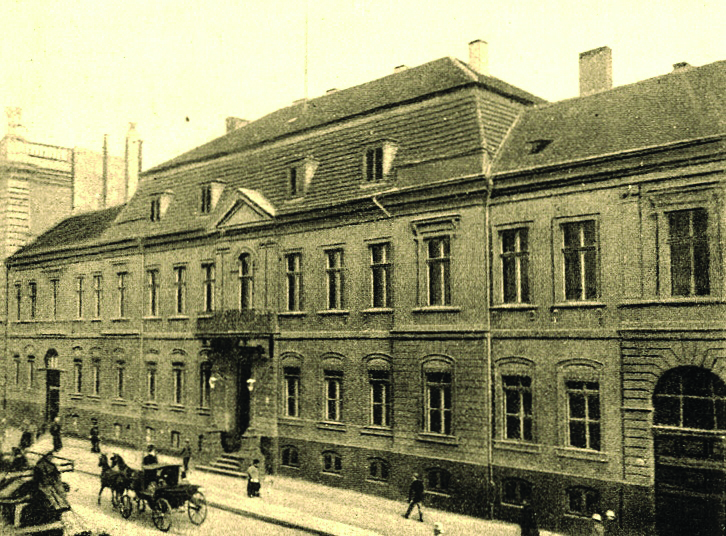OCTET IN E-FLAT MAJOR, OP. 20
Felix Mendelssohn
(b. Hamburg, Germany, February 3, 1809; d. Leipzig, November 4, 1847)
Composed 1825; 31 minutes
With this Octet, the 16-year-old Mendelssohn earned a place in the line of great composers in the Western classical tradition. In it, Mendelssohn reveals a palette of eight essentially equal instruments and paints in myriad instrumental colors, ranging from the hushed monochrome unison at the end of the Scherzo to the burst of multi-colored hues in the
eight-part fugal exuberance that follows. Mendelssohn also pinpoints the sort of chamber-scale orchestral sound he
wants: “This Octet must be played by all instruments in symphonic orchestral style,” he writes in the preface to the
score. “Pianos and fortes must be strictly observed and more sharply emphasized than is usual in pieces of this character.”
Throughout, the young Mendelssohn eagerly explores a sparkling variety of textures, often in strikingly original ways.
The first two movements alternate between polished ensemble playing and, as in the soaring opening, the style of a
violin concerto. The scherzo, a meeting point for both absolute and program music, has always been the favorite movement of the Octet, inspired by the Walpurgis night dream section of Goethe’s Faust, with its vivid insect and small
animal imagery. The mood of the Octet’s finale is hard to put into words. The opening, which is played low down on
scrubbing cellos, seems humorous, and the countermelody which soon evolves is less than reverentially lifted from the
Hallelujah Chorus from Handel’s Messiah at the words: “And He shall reign for ever and ever.” In fact, the entire movement seems to evolve as a light-hearted treatment of the academic form of the fugue. It is youthful in its exuberance, tongue-in-cheek at times, effortlessly modulating from one key to another, joyous and assured. It represents a perfect rapport between form and content, the likes of which Mendelssohn was to achieve only infrequently again.
 Where did Mendelssohn compose his Octet?
Where did Mendelssohn compose his Octet?
Mendelssohn’s family life at the time of composition was not without its adventures, as anyone who has undergone a house move and renovations might agree. On February 18, 1825, Mendelssohn’s father Abraham had purchased a big pile at No. 3 Leipzigerstrasse, Berlin. The mansion, imposing though run-down, had earlier served as a silk mill and was next door to the royal porcelain factory. Abraham Mendelssohn’s plan was to return the mansion to the grand family home that Heinrich von der Groeben had designed it to be nine decades earlier, around 1735.
It was here, living in the Gartenhaus (Garden House), with renovation work in full swing, during the summer and fall months that Mendelssohn wrote his earliest masterpiece, the Octet Op. 20. His ability to focus on a project and to multi-task was exceptional.
At the end of 1825, Mendelssohn moved from the summer house at Leipzigerstrasse 3 into a room on a mezzanine level in the left-hand wing of the main house. But he was to return to the Gartenhaus with what his nephew Sebastian Hensel referred to as its ‘deep loneliness of a forest,’ steps away from the bustling city of Berlin, the following summer. Then, in the space of just a month, July 7 to August 6, 1826, his imagination conceived another perfectly shaped composition. The Overture to A Midsummer Night’s Dream follows the lead of the Octet in exploring the boundaries between absolute and program music. Mendelssohn never again brought the same spontaneity, certainty of touch and vividness of imagination to a composition as he did in his teens in the Octet and music to A Midsummer Night’s Dream, free to explore his private world in the seclusion of the Gartenhaus . . . in the former hunting grounds of Frederick the Great . . . which now form the site of the present-day German Bundesrat, or Federal Council.
— All program notes copyright © 2023 Keith Horner. Comments welcomed: khnotes@sympatico.ca